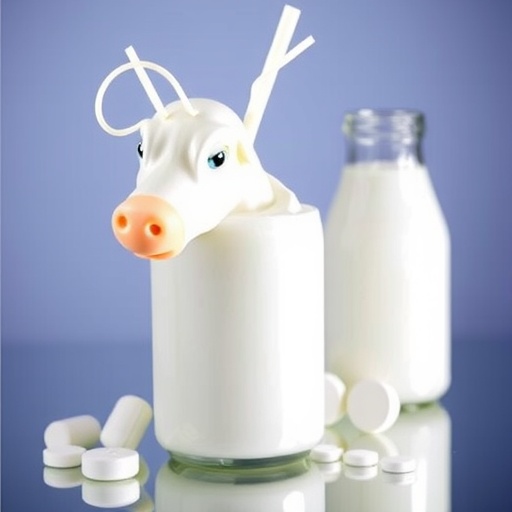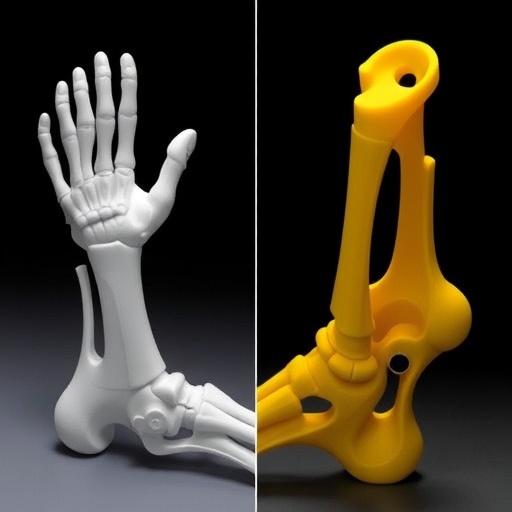Scientists face many constraints when embarking on new projects. Often the biggest constraint is a small budget. This is why a team of scientists led by researchers at the University of Florida recently worked to make one aspect of genetic research cheaper and easier. In two companion papers published in a recent issue of Applications in Plant Sciences, they have provided guidelines for research projects using microsatellites and a resource of over five million microsatellites for use in a wide variety of plant species.
Microsatellites are genetic markers that play an increasingly important role in plant genome analysis. Plant breeders can use them to test for the presence of desired genes when performing crosses. Geneticists can use them to uncover relationships between individuals and populations. Molecular biologists can use them to construct genome maps. Microsatellites have gained popularity because they can be easily detected by PCR, and are abundant and widely distributed throughout the genome.
"Genetic markers are a fantastic tool for quantifying biodiversity. We still have only named a small percentage of the species on the planet (let alone studied them in detail), and there is a lot more work to do to understand the diversity of life on our planet," explains Richard Hodel, a doctoral candidate in the Department of Biology at the University of Florida.
The researchers identified the microsatellites using sequence data from the One Thousand Plant Transcriptomes Project. Abbreviated as 1KP, the project has greatly contributed to the number of plant genomes available to the research community. The online database currently contains 1334 transcriptome samples from green plant species.
"We felt that there was an enormous resource just sitting out there–the 1KP project–that could be used to help the community of plant researchers," explains Hodel.
This paper also describes how available genetic data, like those provided by the 1KP project and other sequence archives, can be used for purposes beyond their original intent, like marker development.
"Often, an initial barrier to starting a project is securing funding to develop genetic markers, if none are available for the study system of interest. Our microsatellite resource will allow researchers to search for loci that are available for a wide range of species, for free."
In the companion paper, Hodel and his colleagues compared the utility of microsatellites with next-generation sequencing technologies and emerging technologies like genotyping by sequencing (GBS) and restriction site associated DNA sequencing (RAD-Seq). They found that microsatellites are more cost effective for lower-budget research projects, and for researchers with samples of lower-quality DNA. The review indicates that microsatellites can be more affordable than newer methods, especially if loci are already developed. The paper includes a budget in an appendix, to give a ballpark idea of how much a certain study might cost.
"We wrote this for anyone who is starting a research project using genetic markers. I suppose I always thought about myself when I was beginning my PhD and had to design a project. I tried to remember what advice I would want to hear when I was starting a dissertation project. We were not only considering students when writing this guide though–the goal was to give people practical guidance and to enable them to consider all of their options," says Hodel.
###
Hodel, Richard G. J., Matthew A. Gitzendanner, Charlotte C. Germain-Aubrey, Xiaoxian Liu, Andrew A. Crowl, Miao Sun, Jacob B. Landis, M. Claudia Segovia-Salcedo, Norman A. Douglas, Shichao Chen, Douglas E. Soltis, and Pamela S. Soltis. 2016. A new resource for the development of SSR markers: Millions of loci from a thousand plant transcriptomes. Applications in Plant Sciences 4(6): 1600024. doi:10.3732/apps.1600024
Hodel, Richard G. J., M. Claudia Segovia-Salcedo, Jacob B. Landis, Andrew A. Crowl, Miao Sun, Xiaoxian Liu, Matthew A. Gitzendanner, Norman A. Douglas, Charlotte C. Germain-Aubrey, Shichao Chen, Douglas E. Soltis, and Pamela S. Soltis. 2016. The report of my death was an exaggeration: A review for researchers using microsatellites in the 21st century. Applications in Plant Sciences 4(6): 1600025. doi:10.3732/apps.1600025
Applications in Plant Sciences (APPS) is a monthly, peer-reviewed, open access journal focusing on new tools, technologies, and protocols in all areas of the plant sciences. It is published by the Botanical Society of America, a nonprofit membership society with a mission to promote botany, the field of basic science dealing with the study and inquiry into the form, function, development, diversity, reproduction, evolution, and uses of plants and their interactions within the biosphere. APPS is available as part of BioOne's Open Access collection.
For further information, please contact the APPS staff at [email protected]
Media Contact
Beth Parada
[email protected]
@Botanical_
http://www.botany.org




